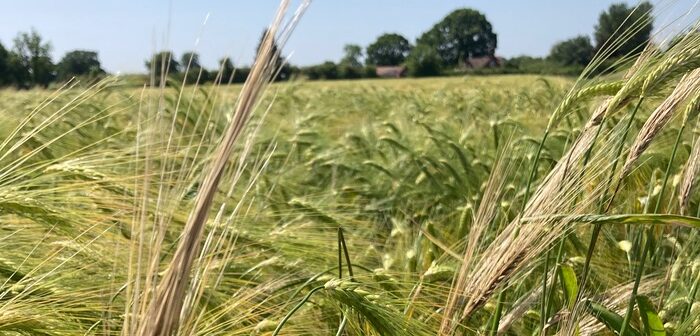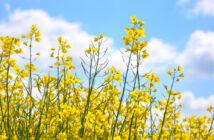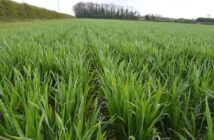This season has been a tough test for barley disease control programmes. The wet weather in March, April and early May ideally suited rhynchosporium and net blotch development. Trials at UPL’s Shray Hill research site investigating the plant health elicitor, Laminarin, showed an astonishing level of disease control from just one application at T0.
Laminarin is the active ingredient of Iodus, which is registered for use in winter wheat. UPL is seeking a label extension into barley, and it is easy to see why looking at its performance. It works by triggering the plant’s natural defences against fungal diseases. When used at T0, it helps reduce disease pressure throughout the programme by activating the plant systemically, including in newly formed tissue as it grows.
Derived from a natural plant extract, laminarin mimics the degraded cellular material released from a fungal attack, which activates nearby cells’ defence systems. Applying laminarin before a fungal pathogen attacks the plant prepares it for when an actual infection occurs.
“Iodus has performed well in wheat crops on-farm this year, and it is good to see a strong level of performance on barley,” says Joanne Hawke, UPL trials manager for the UK. “We have applied for laminarin to be used in barley and hope it will be approved in time for farmers to benefit in the 2026 season.”




